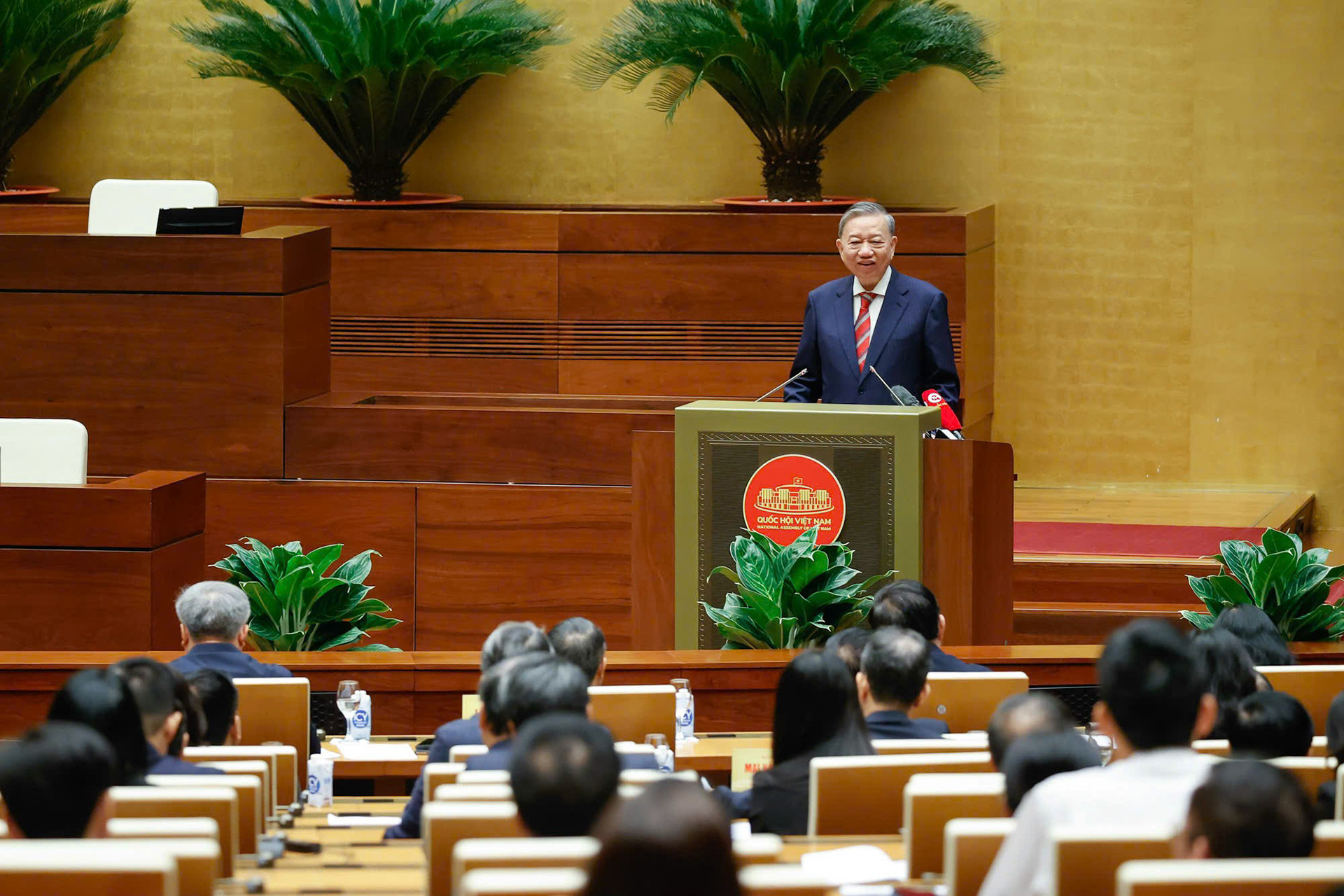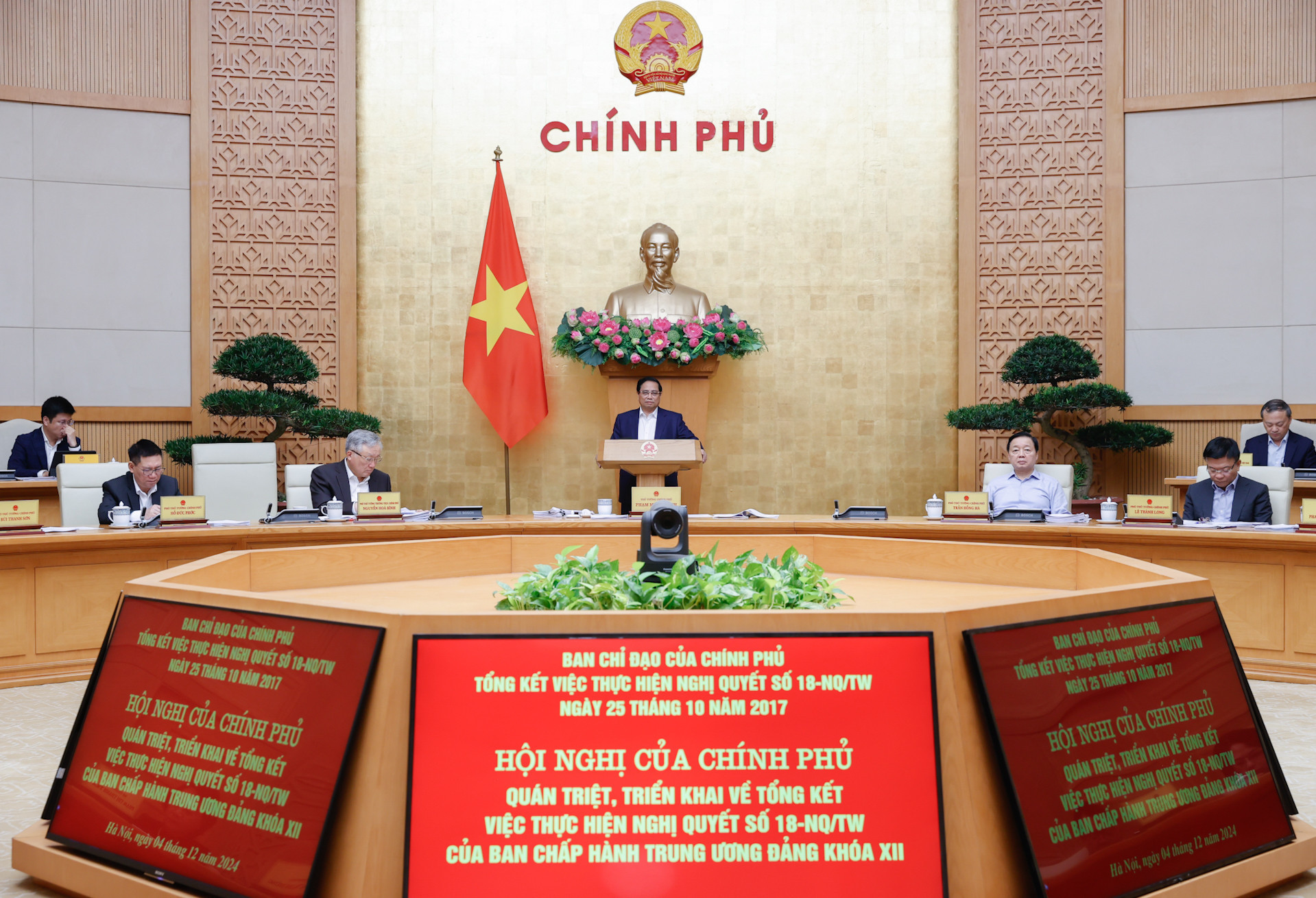The merger of the Ministry of Information and Communications (MIC) and the Ministry of Science and Technology (MOST) represents a significant step forward in achieving Vietnam’s digital transformation revolution and streamlining government structures.

Deputy Prime Minister Nguyen Hoa Binh recently signed Plan 140, outlining measures to restructure and streamline the government apparatus. One of the key components is the unification of MIC and MOST into a single entity.
The proposed name for the new ministry is either "Ministry of Digital Transformation, Science, Technology, and Communications" or "Ministry of Digital Transformation and Science and Technology." This newly formed ministry will oversee state management of the fields currently managed by MIC and MOST.
The naming process aims to ensure continuity while encompassing the comprehensive responsibilities of the new entity.
The unification aligns with directives from General Secretary To Lam and the Party’s resolutions, seeking to establish a multi-sectoral, multi-field management model. This aims to eliminate overlaps and inefficiencies in the government apparatus.
Minister of Home Affairs Pham Thi Thanh Tra emphasized that the names of merged agencies must reflect their inherited responsibilities and core functions. For instance, the proposed title "Ministry of Digital Transformation, Science, Technology, and Communications" captures the expansive scope of both ministries.
To implement the merger, a joint Steering Committee, co-chaired by leaders of MIC and MOST, will oversee the drafting of a decree defining the structure, functions, and mandates of the new ministry. This will include reorganizing internal departments to streamline operations and reduce redundancies.

In his National Day essay, “Digital Transformation: A Critical Driver for Development in the New Era,” General Secretary To Lam highlighted the need for bold reforms to drive productivity and restructure social relations.
According to the General Secretary, digital transformation is not merely the adoption of digital tools in socio-economic activities but the establishment of a new, advanced "digital production mode." This involves integrating human and artificial intelligence, treating data as a critical resource, and reshaping production ownership and distribution structures.
He emphasized building a lean, efficient government system with reduced intermediaries and promoting IT applications and digital platforms for seamless data sharing among agencies.
The General Secretary also stressed the importance of tying digital transformation to security and safety, fostering digital societies, economies, and citizens. Key initiatives include digitizing government operations, offering high-level online public services, and integrating national databases on population, land, and businesses.
The merger of MIC and MOST into the Ministry of Digital Transformation, Science, Technology, and Communications is seen as a realization of two concurrent revolutions: the digital transformation revolution and the restructuring of Vietnam’s political apparatus.
On December 5, Le Minh Hung, Head of the Central Organization Commission, issued directives for implementing Resolution 18. This includes the reorganization and dissolution of ministries and agencies as proposed.
Key milestones:
January 15, 2025: The Politburo will review proposals for unifying ministries and agencies.
Late February 2025: The National Assembly will consider and approve: A resolution establishing or dissolving specific ministries; Amendments to the Law on Government Organization, Law on Local Government Organization, and related legislation.
March 15, 2025: The government will issue decrees outlining the functions and structures of the reorganized ministries.
By March 15, 2025, ministries are required to finalize their internal reorganization, ensuring streamlined operations and clearly defined functions.
Thu Hang